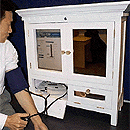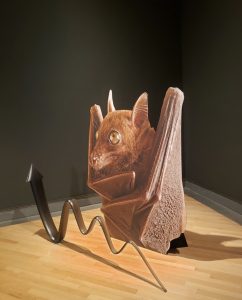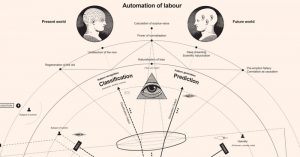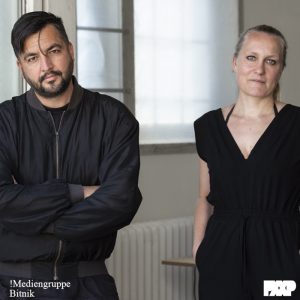The Memory Mirror, developed at the Everyday Computing Lab, aims at helping people remember tasks that have to be repeated. Is it my turn today to do the washing-up? Has the fish been fed? Did I take the blue pill?
![pills_f[1].jpg](http://www.we-make-money-not-art.com/yyy/pills_f%5B1%5D.jpg)
The mirror reflects a period of time (e.g. 24 hours of a day). As we use an item, it is visually posted to the mirror and recorded in a history log. If we had already used an item, an episode mirror reflects details of the previous number of usages. The memory mirror also warns of possibly lost items that have yet to be returned.
Each item has a RFID tag on the bottom, and the storage area (e.g. medicine cabinet, key tray) has a RFID reader on the top. Each item is photographed and entered into the system’s inventory. With this setup, the memory mirror system tracks the removal and return of each differently tagged object to and from the storage area.
But who will remind me to stick an rfid tag at the bottom of the medicine bottle?
(Image from Wired).
Accenture has worked on a similar concept, the Online Medicine Cabinet prototype. 
By using a camera and face-recognition software, the cabinet can identify different persons in a household, and their special needs. For example, if an individual suffers from allergies, the Online Medicine Cabinet will provide information such as the day’s pollen count, and remind that person to take their medicine. Sensors on medicine labels allow the cabinet to identify each drug and alert consumers if they have taken the wrong bottle�or if it’s the right bottle at the wrong time.
Besides, the cabinet enables patients to monitor blood pressure, heart rate and cholesterol levels, and immediately share this information with their doctor via the Internet. The cabinet also provides a trend chart, and if this one shows a problem tendency, the system will suggest that the user make an appointment with their doctor. Naturally, appointments can be made via the cabinet’s Internet connection.







